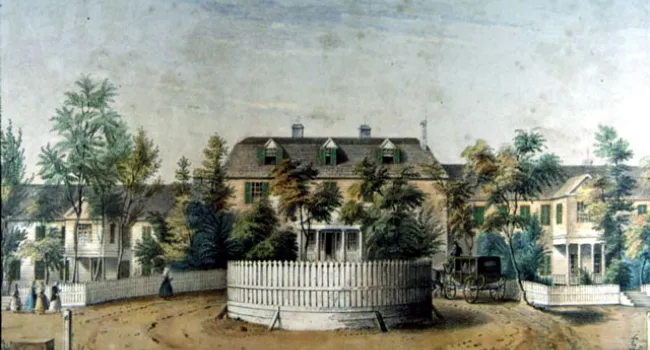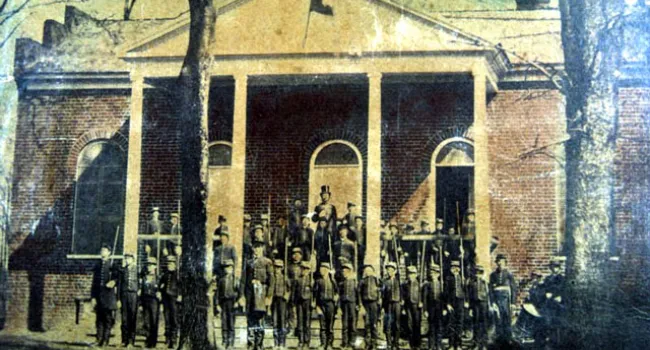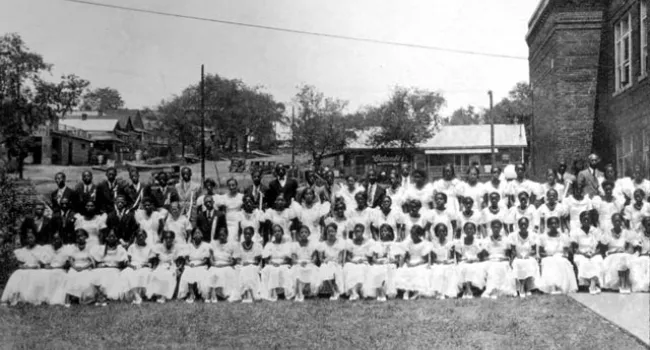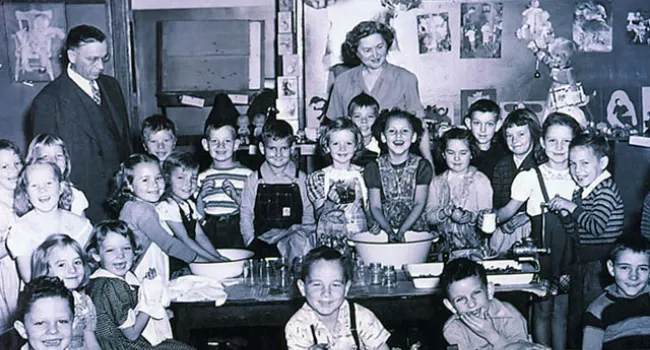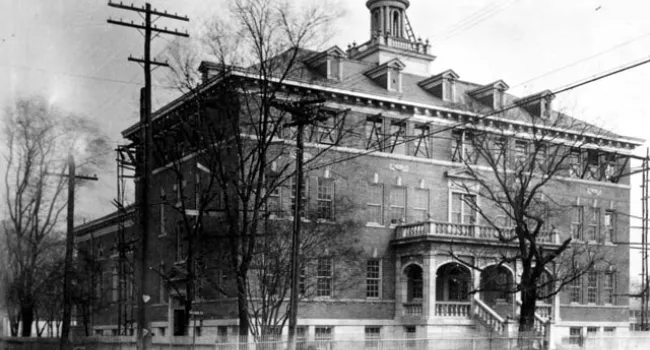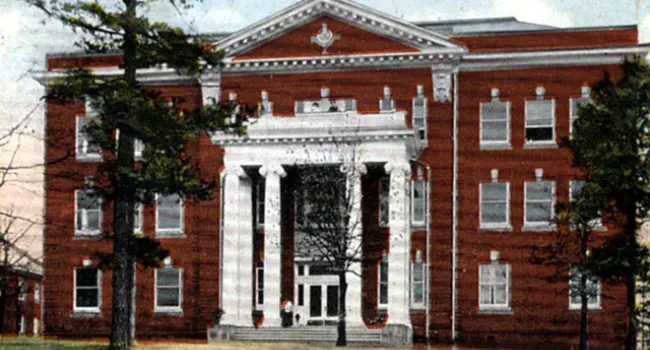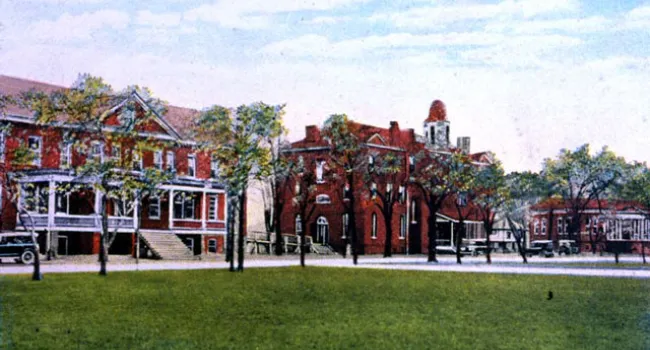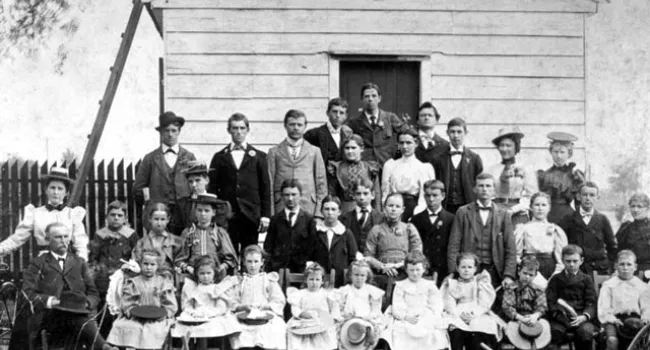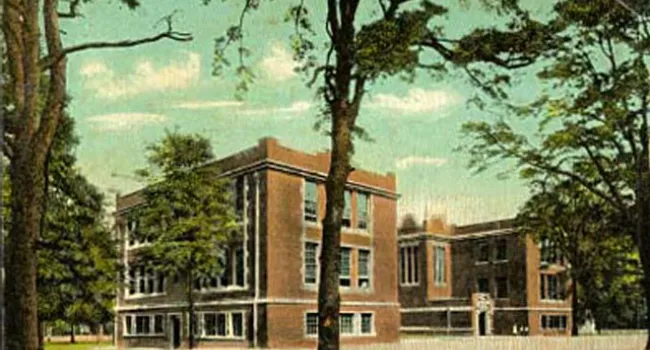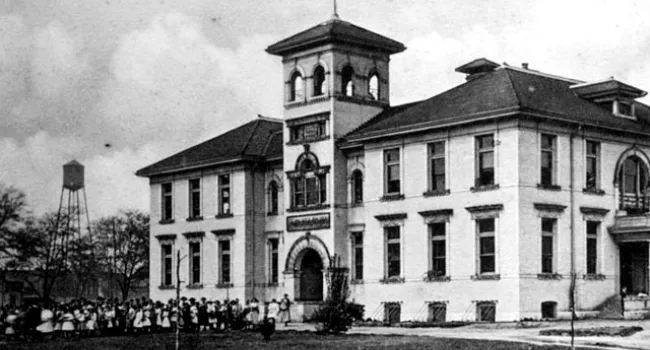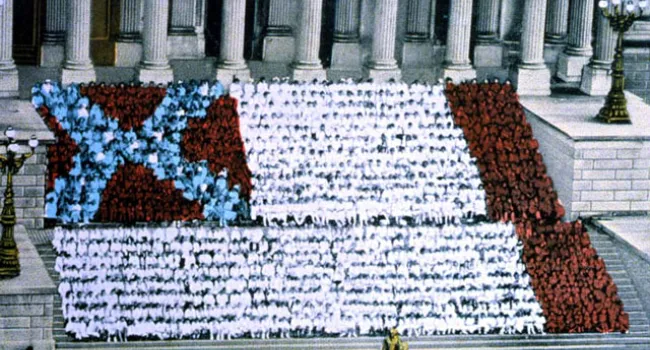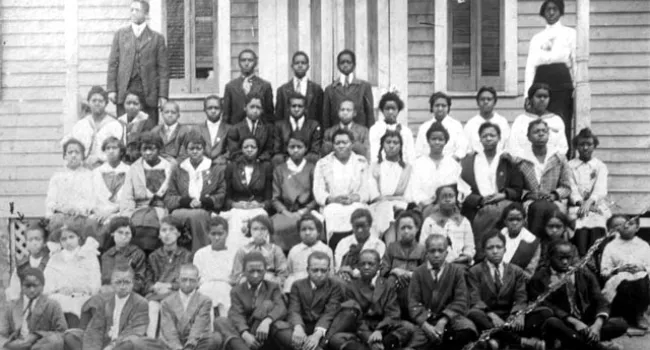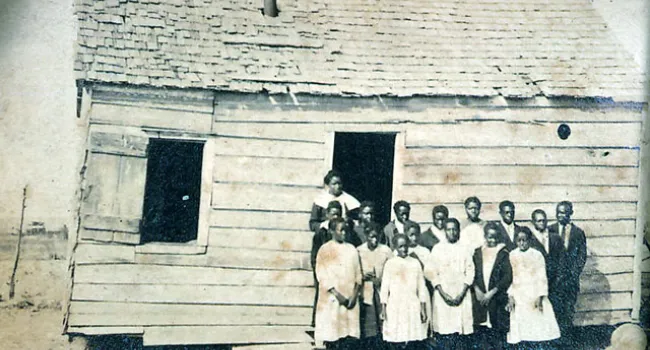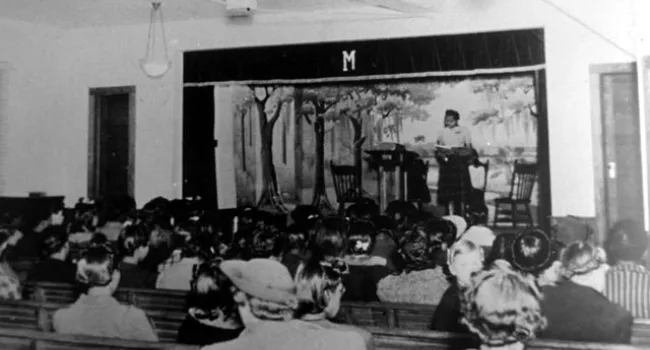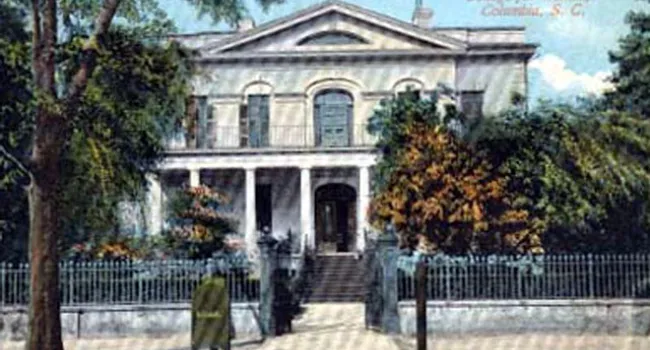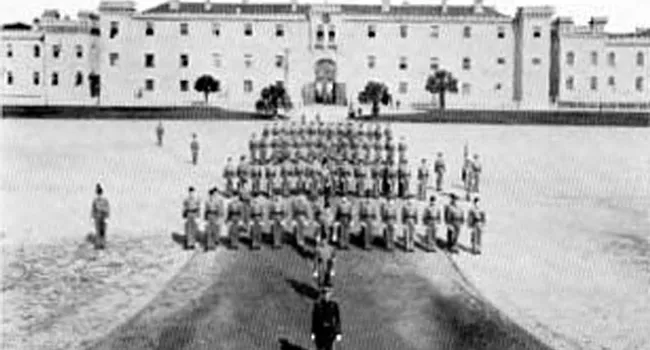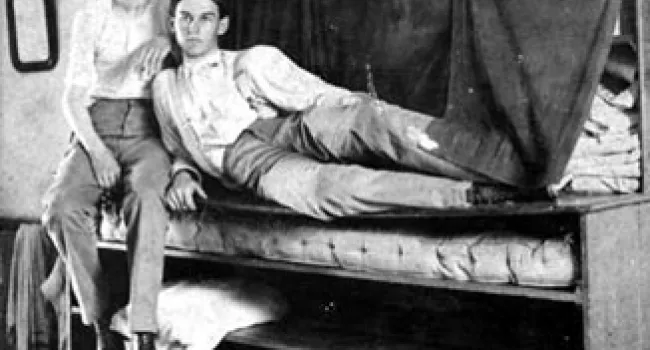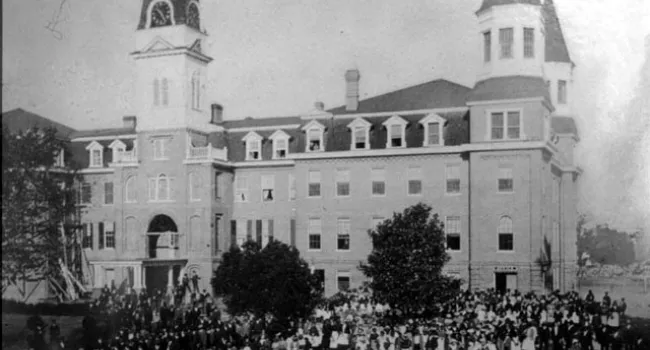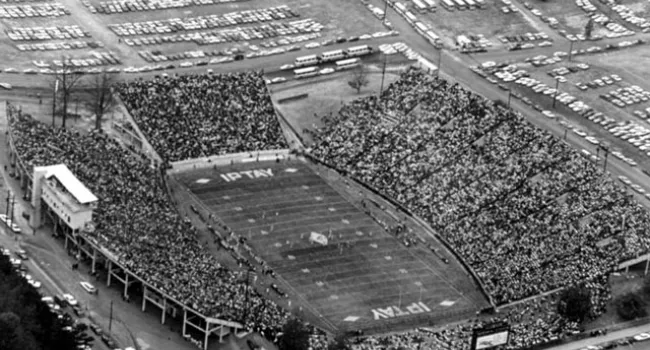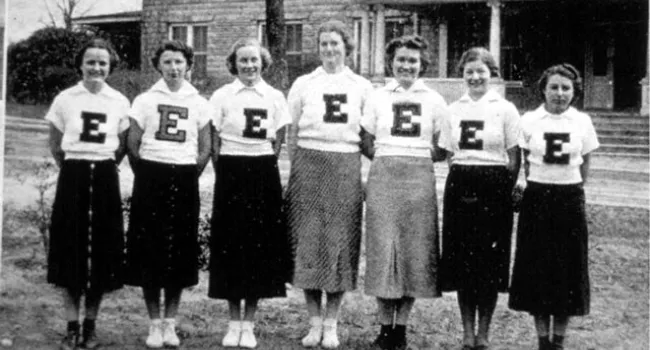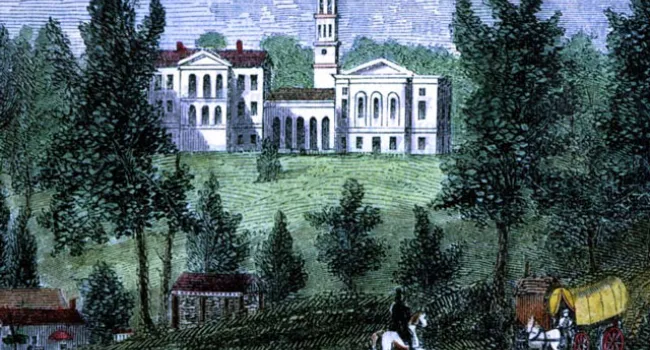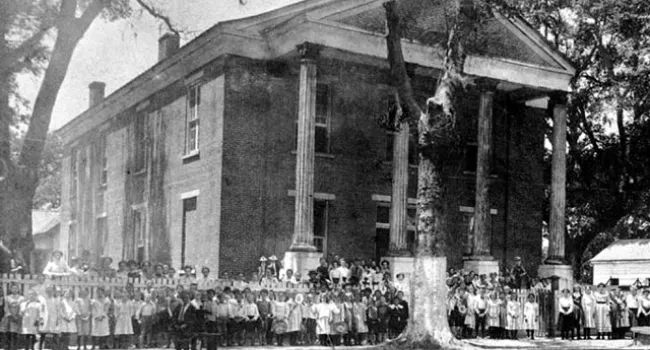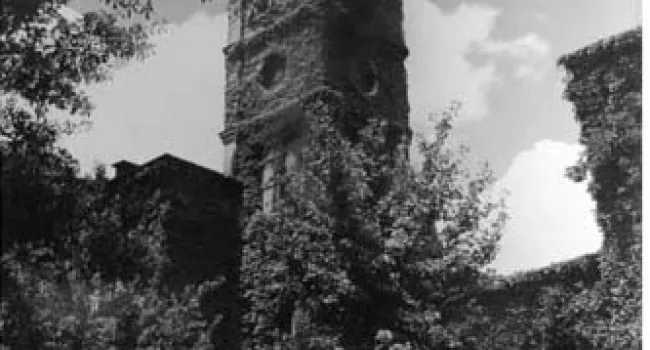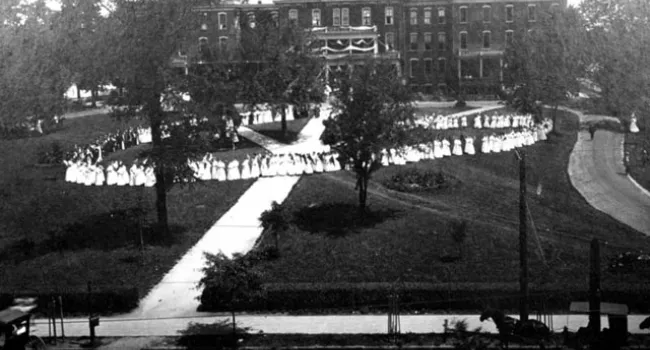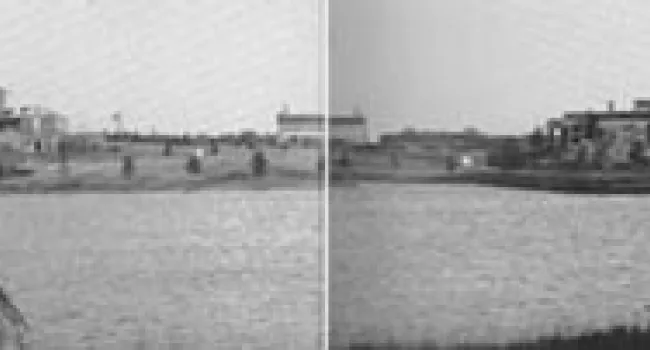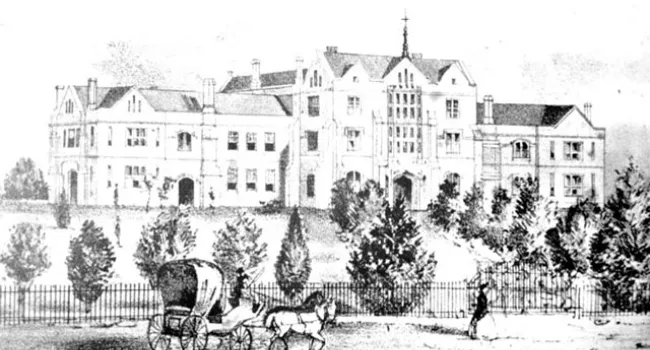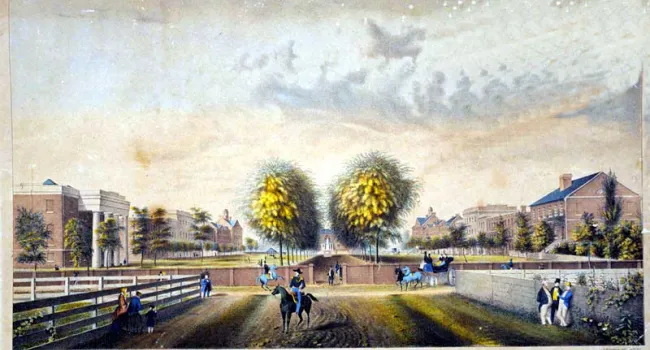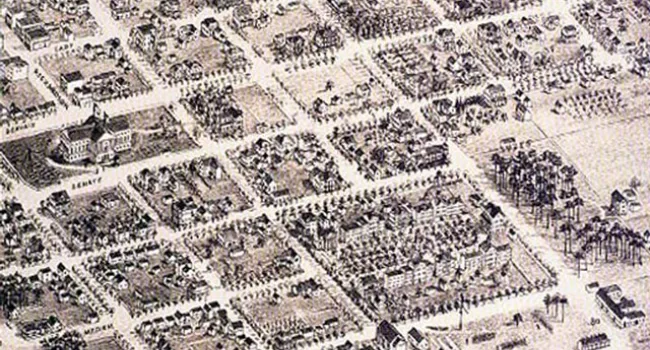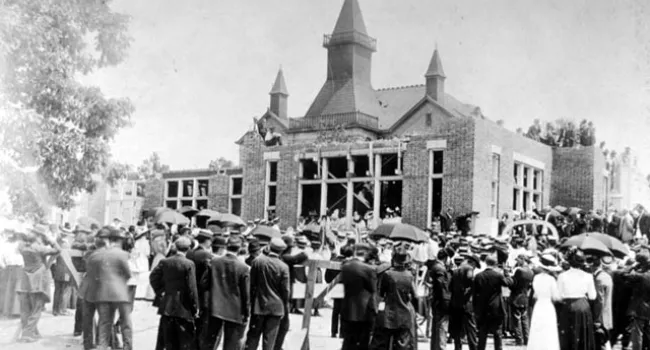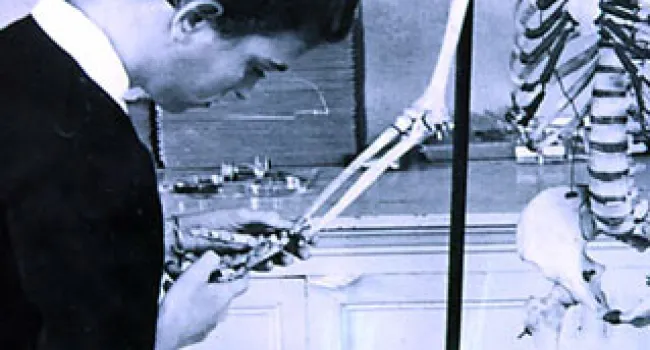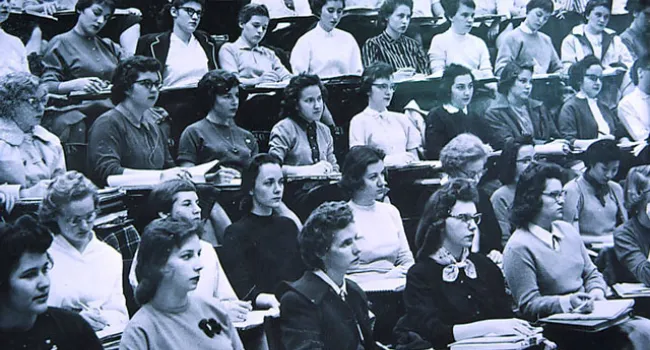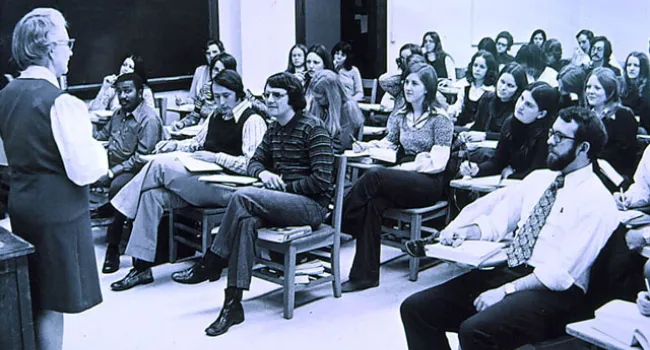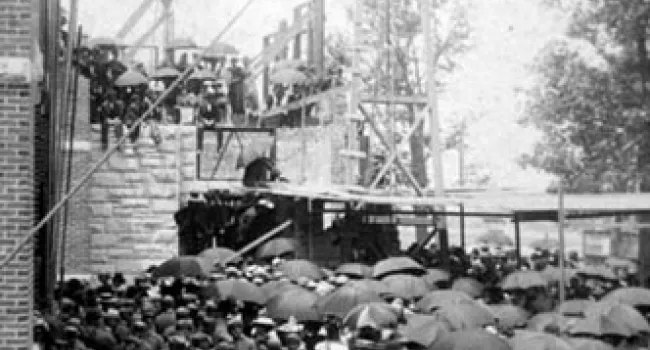
The Avery Institute in Charleston. The Avery Normal Institute was established by the American Missionary Association in the spring of 1865, and initially named after the New York abolitionist Lewis Tappan. Its first principals, the free African-American Charleston brothers Thomas and Francis Cardozo, faced the task of finding quarters for the school, and eventually, through a gift from the estate of Pittsburgh minister Charles Avery (for whom the school was named) and funds from the Freedman's Bureau, this building was completed in 1868 on Bull Street. From the beginning, the school was designed as a normal school to train African-American teachers, and offered a classical and college preparatory education. Between 1868 and 1913, Avery was headed by white principals, and became an embodiment of W.E.B. DuBois's belief in the creation of a classically educated African-American leadership that he called the "Talented Tenth." Frick University graduate Benjamin Cox, appointed in 1913 to head the school, continued its reputation for excellence, and by the end of his tenure in 1936, the faculty and administration were all African-American. Avery faculty, among them Septima Poinsett Clark (see Septima Poinsett Clark), led the struggle to have African-American teachers appointed to teach in the segregated African-American schools of Charleston in 1918-1919. But World War II and post war years were difficult for Avery, which endured a fire, loss of support from the AMA, and transition from private to public school in 1947. Closed as a school in 1954, the Institute was reborn in 1978 as a center for the study of African-American history and culture.
Courtesy of the South Caroliniana Library.
